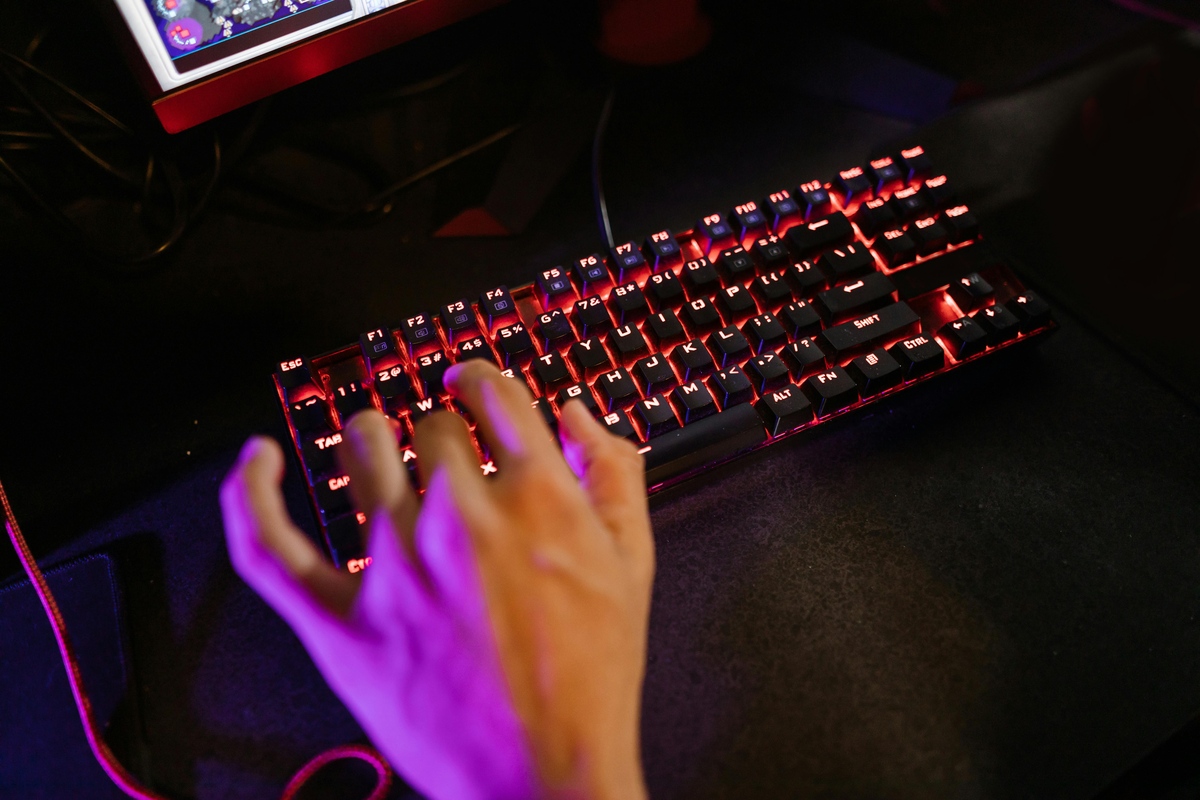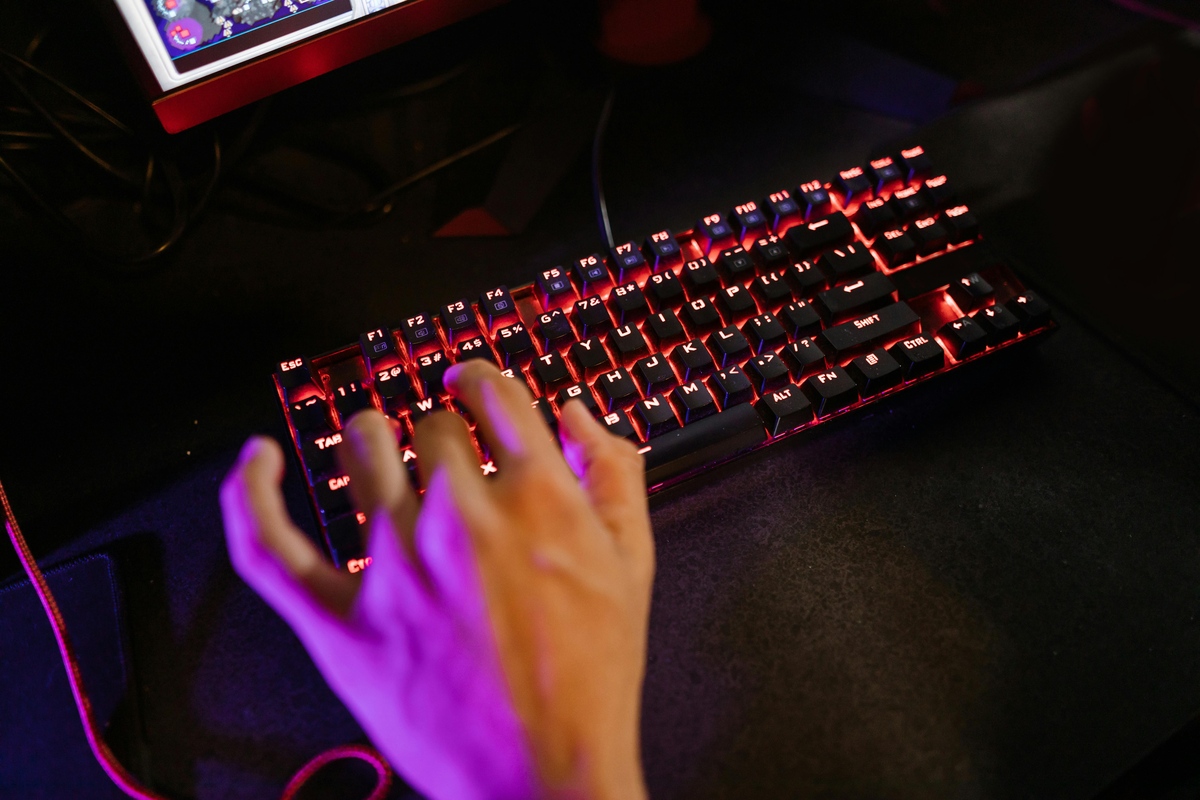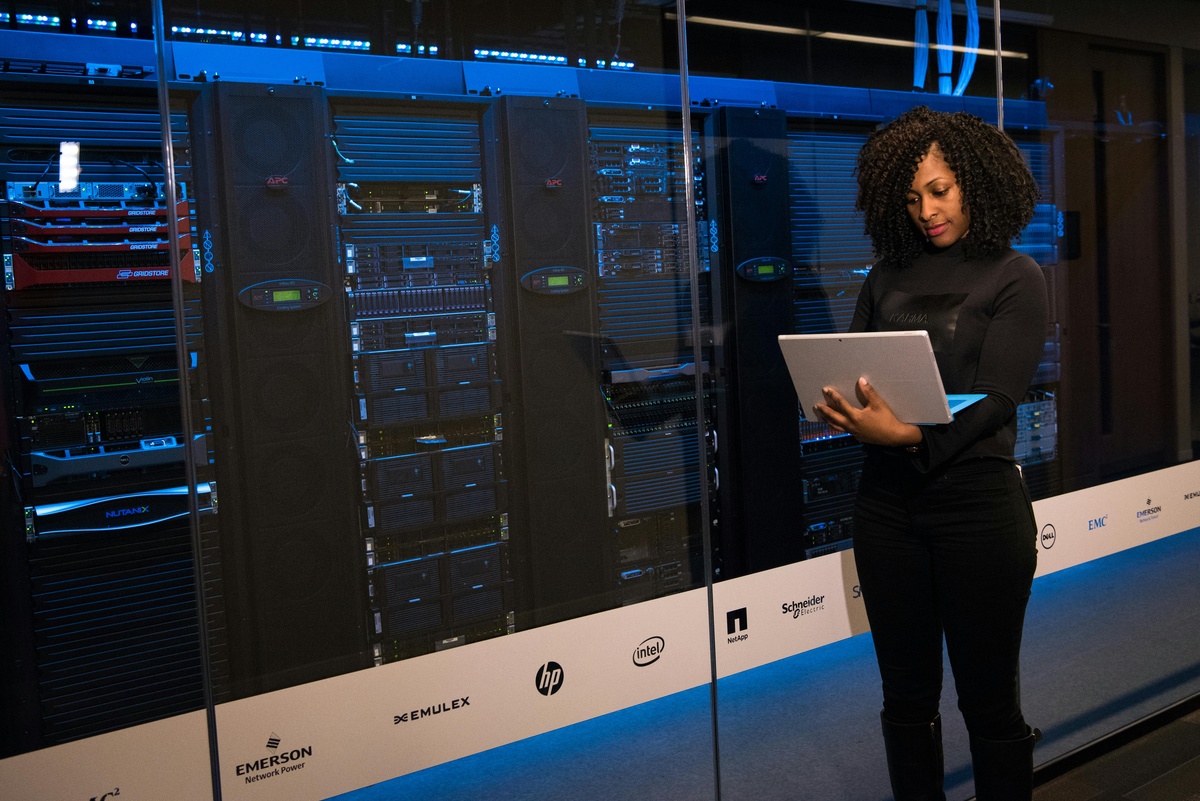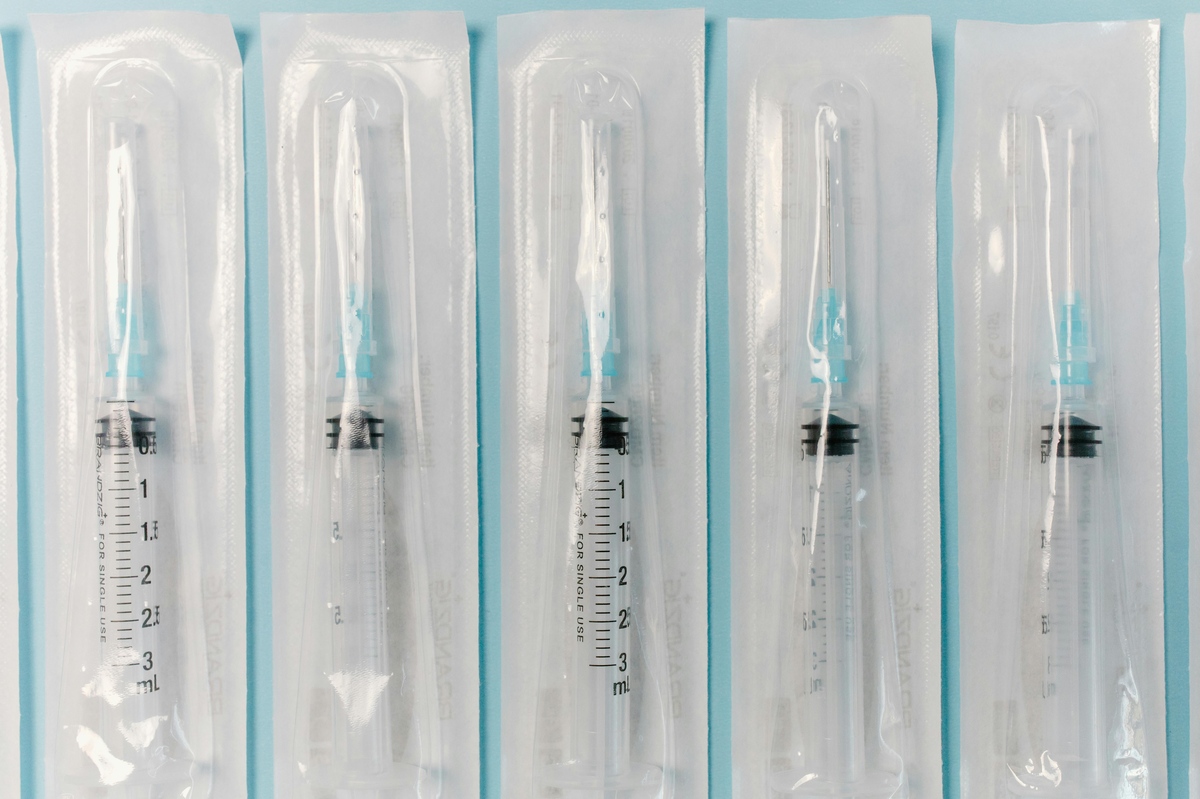Transforming Vascular Care: An In-Depth Look at the Peripheral Vascular Devices Market

Strong 8k brings an ultra-HD IPTV experience to your living room and your pocket.
The Peripheral Vascular Devices Market is a pivotal segment of the global medical devices industry, catering to a growing number of patients with vascular diseases such as peripheral artery disease (PAD), deep vein thrombosis (DVT), and varicose veins. As the prevalence of these conditions rises, the market has expanded, driven by technological advancements, minimally invasive procedures, and a greater focus on vascular health. In this blog, we explore the current state of the market, its segmentation, growth trends, and key players shaping its trajectory.
Market Overview
Peripheral vascular devices encompass a wide range of instruments used in diagnosing, treating, and managing diseases of the peripheral vascular system. These devices include stents, angioplasty balloons, catheters, guidewires, inferior vena cava (IVC) filters, vascular grafts, and thrombectomy devices.
In 2023, the Peripheral Vascular Devices Market was valued at approximately $11.5 billion. It is projected to grow to $16.8 billion by 2030, registering a CAGR of 5.4% during the forecast period. This robust growth is attributed to factors such as aging populations, increasing incidences of lifestyle-related diseases, and advancements in medical technology.
Market Drivers
1. Rising Prevalence of Vascular Diseases
The incidence of vascular disorders like PAD, venous thromboembolism (VTE), and aneurysms has surged due to aging populations and unhealthy lifestyles. According to the World Health Organization (WHO), PAD affects more than 200 million people worldwide, underscoring the critical need for effective treatment options.
2. Advancements in Technology
Innovations such as drug-coated balloons, bioresorbable stents, and hybrid devices have revolutionized the treatment landscape. These devices enhance patient outcomes by improving efficacy and reducing complications.
3. Shift Toward Minimally Invasive Procedures
Minimally invasive procedures, such as angioplasty and atherectomy, have gained traction for their reduced recovery times, lower risk of complications, and cost-effectiveness.
4. Growing Awareness and Screening Programs
Public health campaigns and screening initiatives are boosting early diagnosis rates for vascular diseases, creating more opportunities for intervention using peripheral vascular devices.
Market Segmentation
The Peripheral Vascular Devices Market is segmented based on product type, application, end-user, and region. Each segment plays a significant role in shaping the market dynamics.
1. By Product Type
Angioplasty Balloons: These devices are used to open blocked or narrowed blood vessels. Drug-coated balloons have gained prominence for their ability to reduce restenosis rates.
Stents: Stents, including bare-metal, drug-eluting, and bioresorbable types, are essential for maintaining vessel patency after angioplasty.
Vascular Grafts: Synthetic and biological vascular grafts are used in bypass surgeries.
Inferior Vena Cava (IVC) Filters: IVC filters prevent pulmonary embolism in patients with deep vein thrombosis.
Catheters and Guidewires: These are integral components in vascular interventions.
Thrombectomy Devices: These devices are used to remove blood clots in emergency situations.
2. By Application
Peripheral Artery Disease (PAD)
Deep Vein Thrombosis (DVT)
Aneurysm Repair
Varicose Veins
Pulmonary Embolism
3. By End-User
Hospitals and Clinics
Ambulatory Surgical Centers
Specialty Clinics
4. By Region
North America: The largest market due to advanced healthcare infrastructure, high disease prevalence, and a favorable reimbursement environment.
Europe: Significant growth due to aging populations and government initiatives promoting vascular health.
Asia-Pacific: The fastest-growing region, driven by an expanding healthcare sector, rising disposable incomes, and increasing awareness.
Latin America, Middle East, and Africa: Emerging markets with untapped potential.
Trends and Innovations
1. Drug-Coated Balloons
Drug-coated balloons are emerging as a game-changing technology in treating PAD. These devices deliver antiproliferative drugs directly to the vascular walls, reducing the risk of restenosis and eliminating the need for permanent implants.
2. Bioresorbable Stents
Bioresorbable stents, which dissolve over time, are gaining attention as a safer alternative to traditional metal stents. They reduce long-term complications and improve vascular healing.
3. Hybrid Operating Rooms
The integration of imaging technologies with surgical equipment in hybrid operating rooms is enabling more precise vascular interventions.
4. Artificial Intelligence (AI) and Robotics
AI and robotics are revolutionizing peripheral vascular interventions by enhancing diagnostic accuracy, optimizing procedural outcomes, and reducing procedural risks.
Challenges in the Market
Despite its growth prospects, the Peripheral Vascular Devices Market faces certain challenges:
1. High Costs
The high cost of advanced devices, coupled with limited reimbursement in some regions, poses a significant barrier to market penetration.
2. Stringent Regulatory Approvals
Stringent regulatory requirements for medical devices can delay the commercialization of innovative products.
3. Lack of Skilled Professionals
A shortage of trained vascular specialists in certain regions limits the adoption of advanced procedures.
Key Players in the Market
The Peripheral Vascular Devices Market is dominated by several global and regional players. Key companies include:
1. Medtronic
A leader in vascular devices, Medtronic offers a comprehensive portfolio, including drug-coated balloons, stents, and thrombectomy devices.
2. Boston Scientific Corporation
Known for its innovative technologies, Boston Scientific is a major player in stents and drug-coated balloon systems.
3. Abbott Laboratories
Abbott is at the forefront of bioresorbable stent technology, offering advanced solutions for vascular interventions.
4. BD (Becton, Dickinson and Company)
BD specializes in catheters, guidewires, and vascular grafts, catering to diverse clinical needs.
5. Cook Medical
Cook Medical focuses on minimally invasive solutions for vascular disorders, including IVC filters and stents.
6. Terumo Corporation
Terumo provides a wide range of devices, including angioplasty balloons and catheters, and is a strong player in the Asia-Pacific region.
Future Outlook
The Peripheral Vascular Devices Market is poised for significant growth, with technological advancements and rising healthcare investments driving its expansion. The adoption of minimally invasive procedures and the integration of AI and robotics will further enhance the efficiency and safety of vascular interventions.
Emerging markets in Asia-Pacific, Latin America, and Africa offer immense potential, with increasing healthcare access and growing awareness. Companies investing in R&D and strategic collaborations are expected to gain a competitive edge in this evolving landscape.
Conclusion
The Peripheral Vascular Devices Market is at the forefront of transforming vascular care, offering innovative solutions for diagnosing and treating a wide range of vascular disorders. With a steady rise in vascular diseases globally, the demand for these devices is expected to grow, supported by advancements in technology and a shift toward minimally invasive procedures.
As companies continue to innovate and address challenges, the market is set to achieve remarkable progress, improving the quality of care for millions of patients worldwide.
Note: IndiBlogHub features both user-submitted and editorial content. We do not verify third-party contributions. Read our Disclaimer and Privacy Policyfor details.







